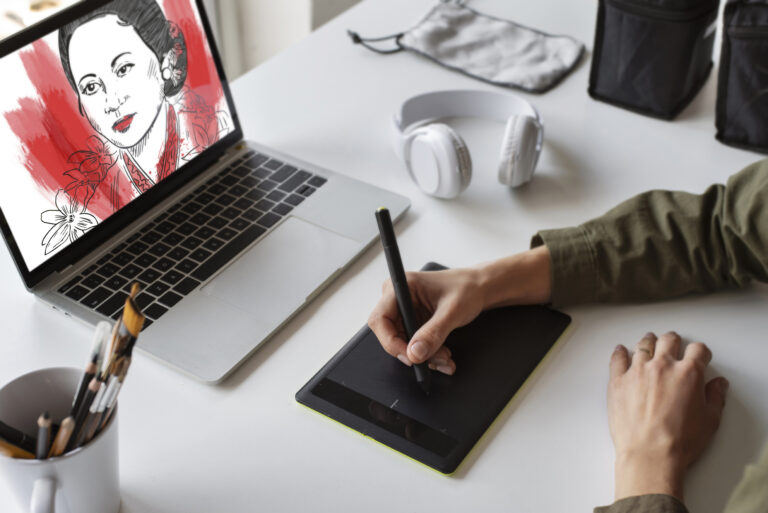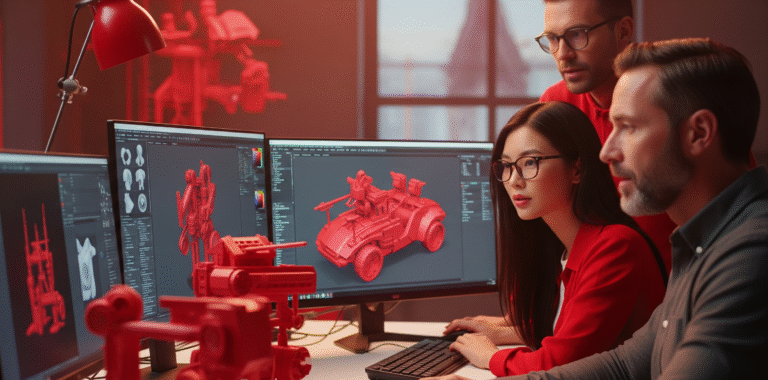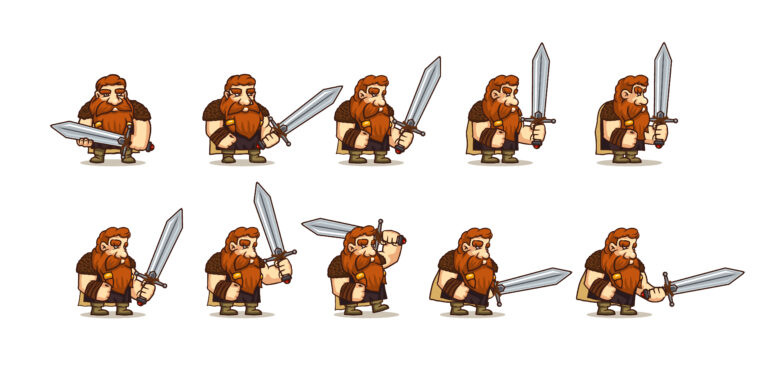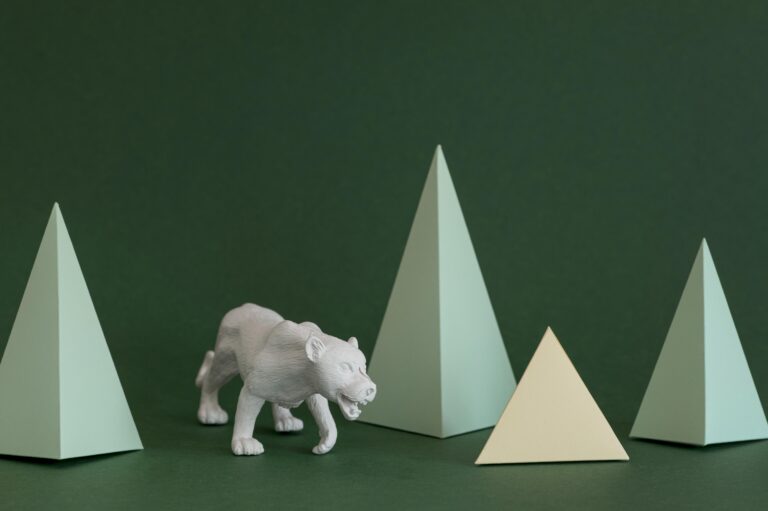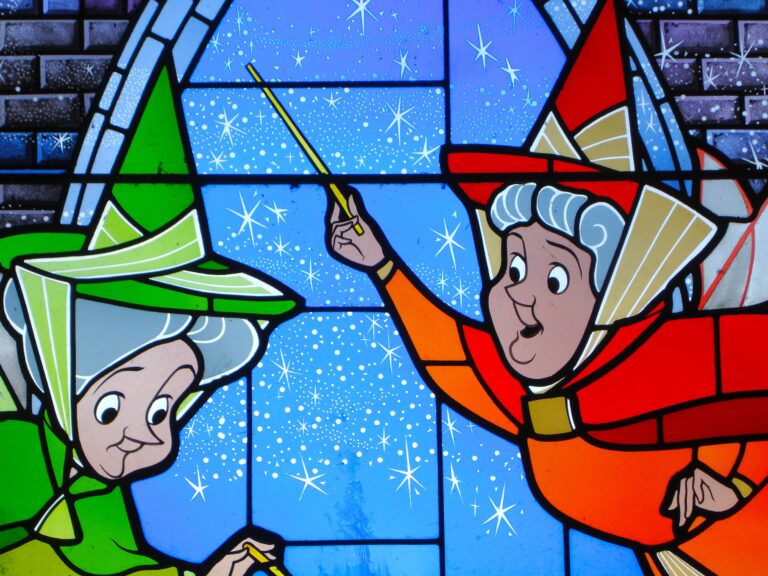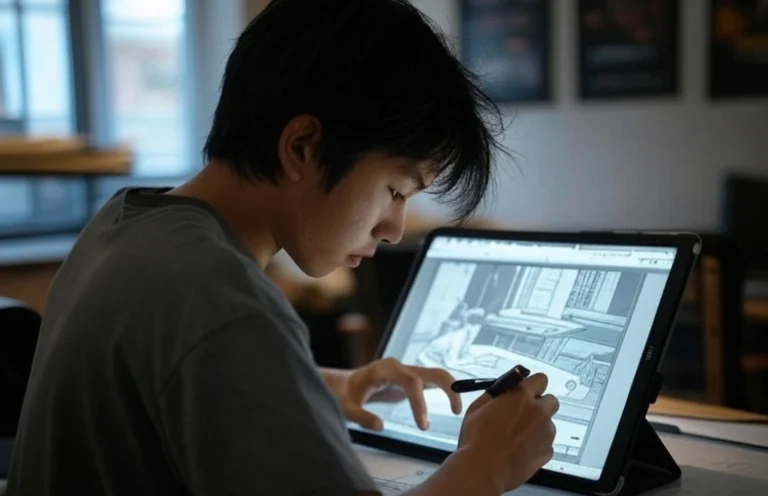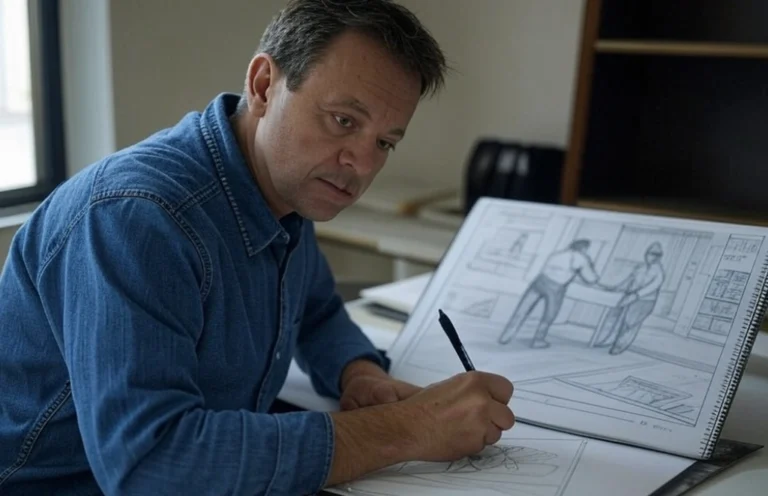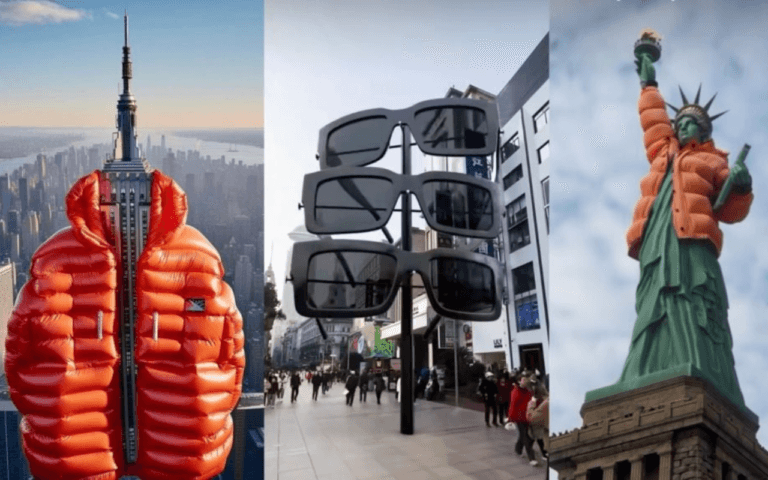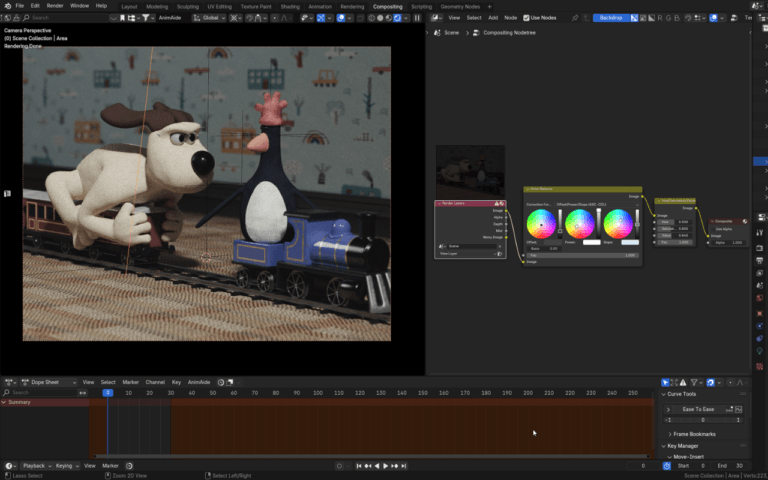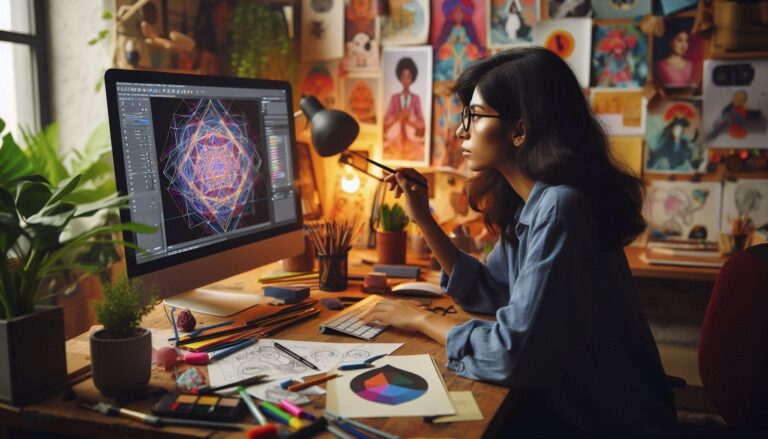Concept art is the visual cornerstone of creative projects, bringing characters, worlds, and key elements to life in the early stages of development. So, what exactly goes into determining concept art price? Concept art price rate starts from $200 to $1000 or more depending on several key factors related to complexity, style, artist reputation, project scope, usage rights, and more. Read on for a comprehensive overview of the key considerations and typical price ranges, plus tips for getting accurate quotes for your own concept art needs.


Need Game Art Services?
Visit our Game Art Service page to see how we can help bring your ideas to life!
Concept Art Ballpark Price Ranges
Okay, let’s get down to some actual numbers! It’s challenging to pin down precise figures, as many factors adjust the final price tag. But these ballpark ranges provide a general idea of what to expect from a concept art studio:
Estimation for Character Concept Art Price
Here’s an overview of typical concept art price ranges for character design:
- Sketches – $200 to $300 per piece
On the low end, basic sketches allow quick iterations to explore loose concepts. Skilled sketch artists charge around $200 to $300 per black-and-white sketch. Slightly more refined color sketches may run $300 to $500.
- Detailed Concept Art – $500 to $1,000 per piece
For polished concept art with moderate to high levels of detail, expect pricing starting around $500 to $700. The price scales up based on elements like complexity, style, revisions, and usage rights. Most standard concept art pieces fall between $700 and $1000. On the very high end, you could pay $1000+ for incredibly detailed professional pieces.
- High-End/Production Concept Art – $1,000+
This ultra-premium tier reflects the rates charged by elite concept artists, especially those with film and gaming studio experience. Their expertise commands top dollar, easily exceeding $1000 for complex designs and character art styles. Some pieces may cost upwards of $5000 or more depending on many intricacies and commercial usage. This high level is out of reach for many, but the quality is unmatched.
Read More: How Much Does a Character Design Cost?
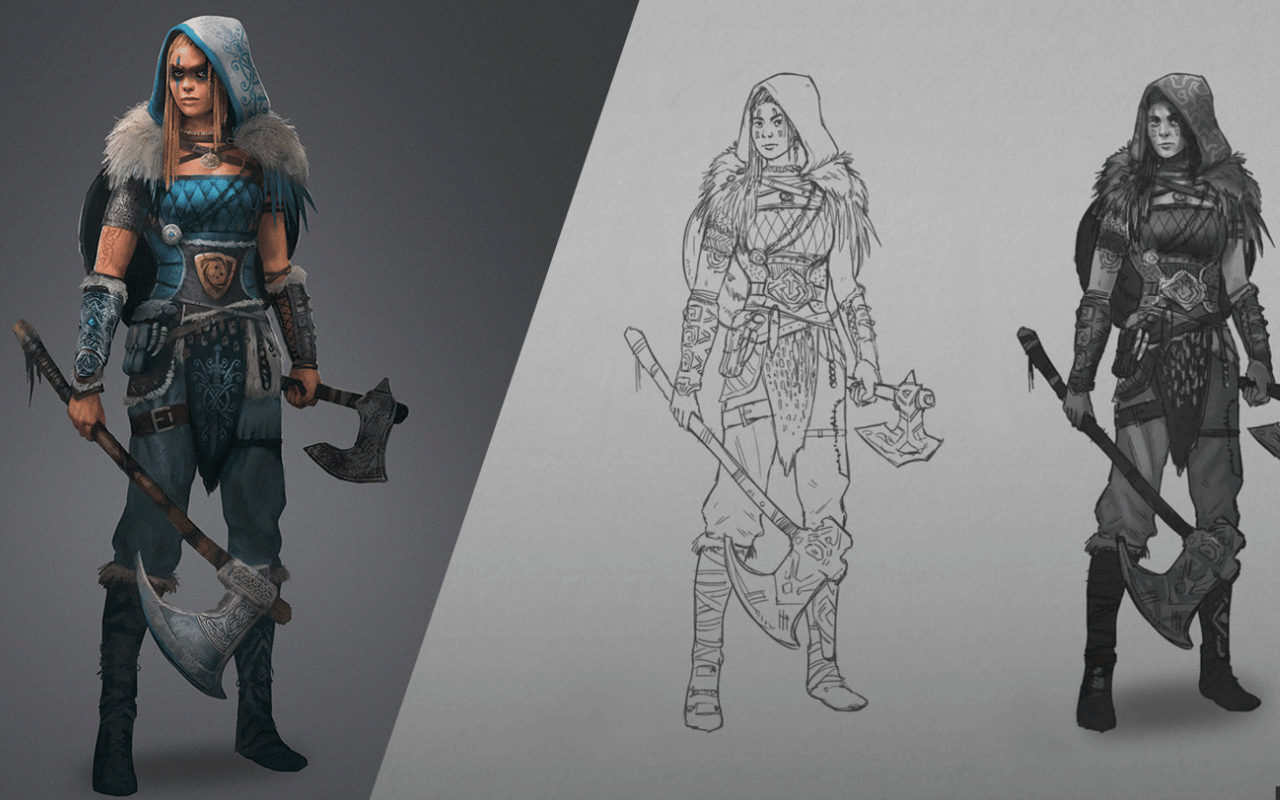
Estimation for Environment Concept Art Price
Here’s an overview of typical concept art price rate ranges for environment design:
- Simple Sketches – $250 to $450
For rough pencil sketches defining basic layouts, shapes, and lighting, expect to pay $250 to $350. Simple color sketches would be $350 to $450.
- Detailed Concept Art – $450 to $1,000
For finalized pieces with good lighting, detail, and sense of scale, prices tend to range between $450 to $650 for indoor environments and $650 to $1000 for expansive outdoor/exterior environments.
- Premium Concept Art – $1000+
Highly polished concept art with complex perspectives, detailed textures, lighting, and environmental effects can exceed $1000. Additional elements like vehicles, props, and atmosphere raise costs further.
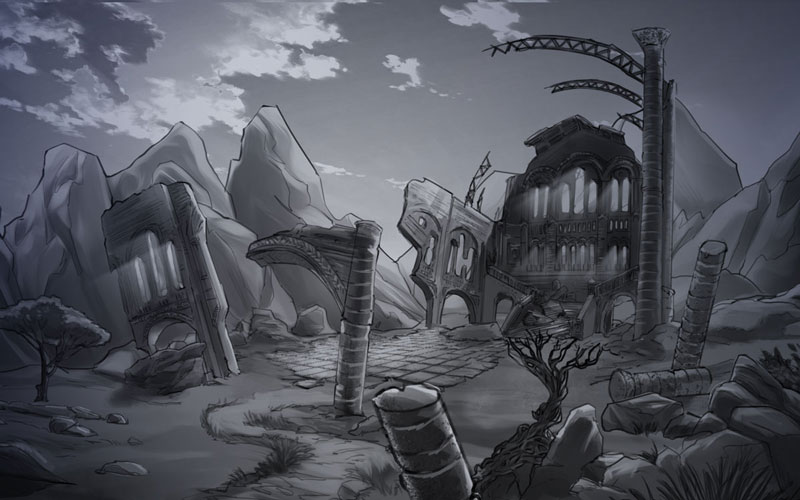
Estimation for Prop Concept Art Price
Here’s an overview of typical concept art price ranges for prop design:
- Simple Sketches – $100 to $250
For rough pencil or color sketches conveying basic shape, form, and key features, expect prices around $100 to $150 for simpler props and $150 to $250for more complex designs.
- Detailed Concept Art – $250 to $500
For finalized concept art with good perspective, textures, lighting, and details, prices tend to range from $250 to $350 for simpler, everyday props and $350 to $500 for intricate hero props/weapons.
- Premium Concept Art – $500+
Highly polished concept art for props with complex mechanical parts, moving elements, detailed texturing, complex materials, and lighting effects can exceed more than $500. Weapons, tech gadgets, and story-critical props command higher pricing.
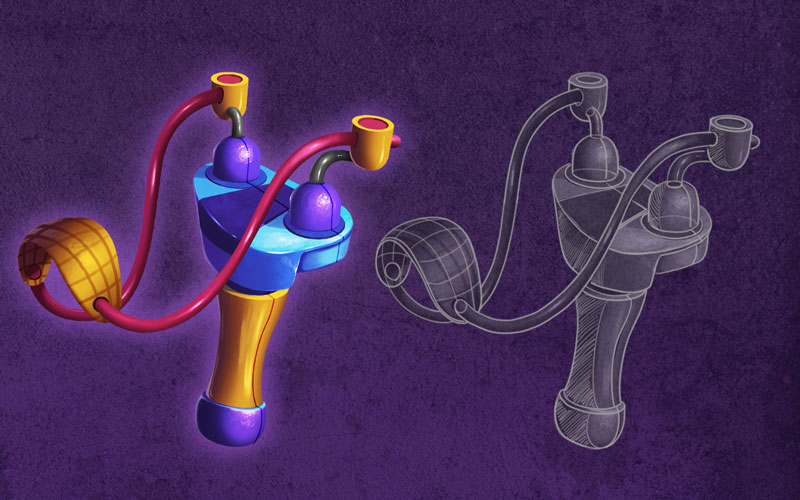
Factors That Influence Concept Art Cost
So, what determines the final price tag for these vital visual building blocks? Concept art price rate depends on several interconnected factors:
1. Complexity & Detail Level
The level of detail is one of the biggest factors impacting concept art price rate. Highly detailed pieces with intricate textures, complex designs, and sophisticated lighting or effects naturally take more time and skill to create. This translates into higher costs.
By contrast, simpler sketches and illustrations with minimal detailing are quicker to produce, requiring less effort from the artist. Less detail means lower prices.
2. Number of Concepts
Projects often require concept artists to generate multiple variations and iterations to explore different options. Creating different views, alternate styles, or entirely new concepts for the same project adds to the workload. The more unique concepts required, the higher the price will climb.
3. Revisions and Iterations
Like the number of concepts, the amount of revisions and adjustments during the creative process can substantially impact costs. Multiple iterations and tweaks to refine the design or accommodate feedback mean more working hours for the artist – and an increased price tag.
4. Art Style
The artistic style chosen for the concept art also affects pricing. Artists who work in highly realistic renders with precise detailing, textures, and lighting effects can command higher prices than stylized illustrators. Realism requires greater expertise along with more time spent working on lighting, shading, and surface textures.
On the flip side, concept art with a stylized, animated, or comic book style allows for more creative interpretation. This freedom makes them a bit quicker to produce. Of course, a highly skilled artist with a unique art style can still charge premium rates. But in general, stylized pieces tend to fit on the more affordable end of the concept art price spectrum compared to photorealistic works.
5. Artist Reputation and Experience
An artist’s experience level and professional reputation carry significant weight when determining rates. Renowned concept artists with extensive portfolios typically charge higher premiums, especially those with experience working on major films, games, or brands. Their talent and expertise command higher value.
On the other hand, early-career artists or those just starting out tend to price on the more affordable end as their skills continue developing. Artists with lots of industry experience or impressive client lists can charge top dollar for their work.
6. Project Scope and Communication
- Clarity of Instructions
Having a clear vision and set of instructions established upfront streamlines the entire concept art process. It ensures the artist understands exactly what you want to achieve before starting work. Poor communication and unclear objectives leave things open to interpretation – which can result in time-consuming revisions down the line. Providing solid direction and reference materials from the outset keeps things efficient.
- Effective Communication
Communication doesn’t end once the project begins. Consistent collaboration is key throughout the process. For example, prompt responses to any questions or clarifications needed during the creative process keep things moving smoothly. Additionally, providing constructive feedback and guidance for iterations and revisions helps the artist quickly zero in on the desired outcome.
7. Usage Rights and Licensing
- Commercial or Personal Use
The intended use for the concept art – whether commercial or personal – greatly impacts concept art price. Concept art used in commercial mediums like films, TV, video games, books, product design, and advertising often warrants higher prices, especially when used prominently. The artist grants you exclusive usage, so they factor in the value of their work in your final monetized product.
On the other hand, concept art for personal projects or with no associated royalties tends to fit on the more affordable end of the spectrum. Non-commercial use doesn’t provide the same monetary value to the artist, so you pay for their time but not potential royalties.
- Scope of Usage Rights
Closely tied to the intended use is the scope of usage rights. Projects that require full exclusivity with no restrictions on use, reuse, or modifications logically demand higher pricing. You gain unlimited full ownership over the concepts.
However, artists may offer tiered pricing levels depending on usage needs. Limited usage rights for a defined number of applications, mediums, or time periods cost less than unlimited ownership. The narrower the usage scope, the more affordable the price.
8. Hourly Rates vs. Project Fees
Artists take different approaches to billing their work. Some base pricing on hourly rates – the cost for their time on a project times the number of hours worked. This allows you to pay specifically for the effort involved.
Others utilize flat project fees – a defined lump sum cost for the completed concept art piece meeting your specifications, regardless of the hours required. Project fees shift focus to the finished product rather than the time invested.
9. Geography
An artist’s geographic region also influences rates. Factors like local cost of living, regional artistic talent pools, and competitive industry norms all contribute. Concept artists located in areas with higher costs of living and intense competition typically charge higher rates.
Those in regions with lower living costs and artistic communities may offer more affordable concept art price rate while still providing quality work. Digital platforms make it possible to find talent from almost anywhere in the world. Geographic differences in rates are worth considering.
Conclusion
Determining concept art price rate is a complex endeavor with many interconnected factors at play. While ballpark ranges provide a helpful starting point, from $200 to $1000, the ultimate cost will depend on the specific details of each project.
By understanding how elements like complexity, revisions, style, rights usage, and artist experience influence price, you can set reasonable expectations when commissioning concept art. Communicating project needs clearly and obtaining multiple quotes is key to finding the right artist at an acceptable rate for your budget.
